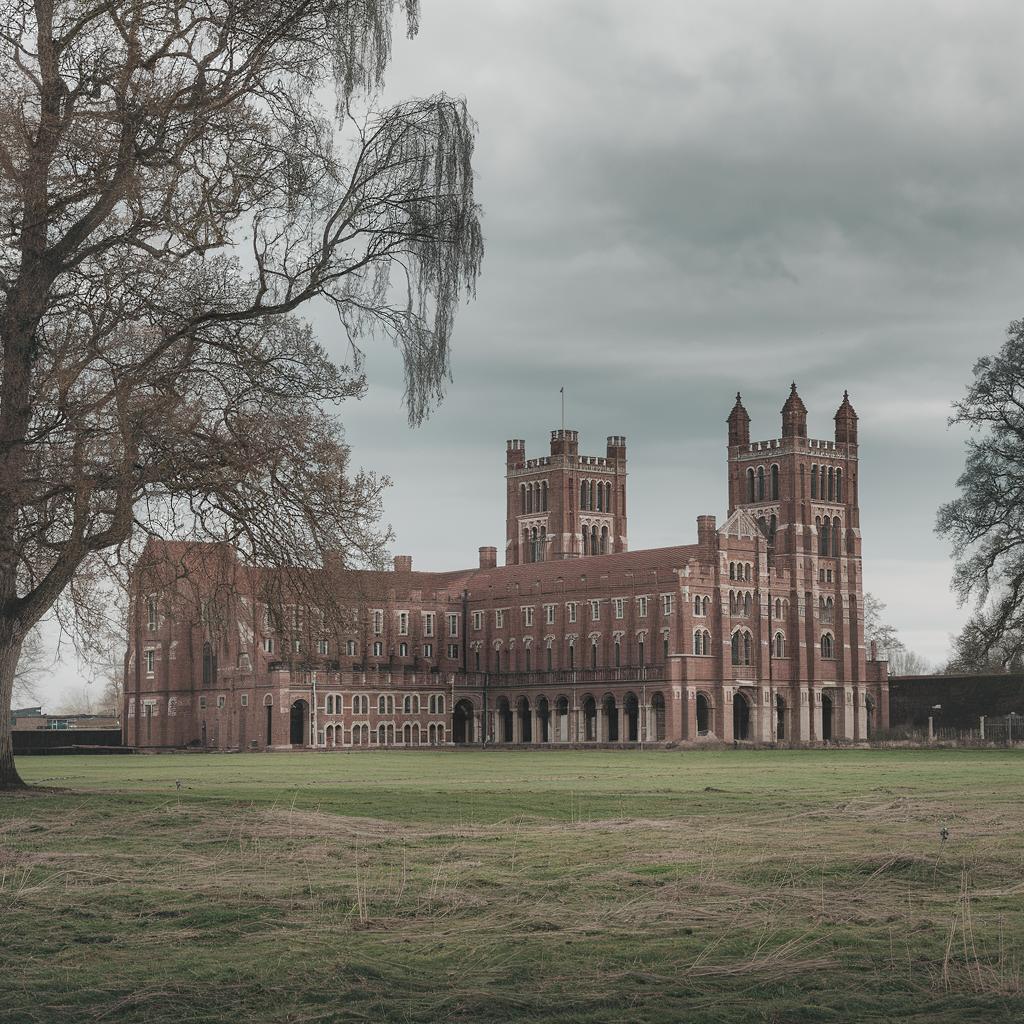Architectural Highlights in Northampton
Northampton, a historic town encapsulated within the scenic vistas of Northamptonshire, boasts an intriguing architectural tapestry that tells [the story](https://www.history.com/) of its rich cultural heritage. From medieval buildings to modern marvels, the town offers a cornucopia of structures that reflect its evolution and resilience through time. This blog post will guide you through the architectural highlights of Northampton, diving into its historic archives, exploring diverse styles, examining innovative designs, and understanding its broader architectural context. Whether you’re an architect, historian, or traveler, Northampton promises a captivating journey through its built environment.
Northamptonshire Buildings Archive
The Northamptonshire Buildings Archive serves as a vivid testimony to the town’s architectural evolution, safeguarding an impressive collection of documents and drawings that date back centuries. This archive is an invaluable resource for historians and architects alike, offering a detailed lens into the past. As you sift through these records, the architectural styles and socio-cultural contexts of various epochs reveal themselves, painting a rich and diverse historical narrative.
Among the vast records, one can find intricate blueprints of centuries-old churches, lifelike illustrations of antiquated townhouses, and even legal documents pertaining to the development of key civic structures. The archive does more than preserve buildings’ details; it acts as a time capsule that allows visitors to witness Northampton’s transformation over the years, understanding the societal and political influences that have shaped its legacy.
Northamptonshire Buildings: Architecture
The architecture of Northamptonshire buildings is a fascinating blend of medieval, Georgian, Victorian, and contemporary styles. Among its iconic structures is the All Saints Church, with its origins tracing back to the medieval period. Rebuilt after the Great Fire of Northampton in 1675, it stands as a testament to resilience, featuring classical design elements with a grand portico supported by Corinthian columns.
In the heart of the town, 78 Derngate stands out as a beacon of early 20th-century modernism. Designed by Charles Rennie Mackintosh, this building is a unique example of his work in England, highlighting innovative design with a striking main facade and intricate interiors. It reflects the broader Art Nouveau movement, showcasing the eclectic architectural styles that enrich Northampton’s landscape.
Northamptonshire Building Designs
Exploring the designs of significant buildings in Northamptonshire reveals a tapestry of creative expressions and architectural innovation. The Express Lift Tower, locally known as the ‘Northampton Lighthouse,’ epitomizes pioneering design in engineering. Completed in 1982 and standing at 127.5 meters tall, this former testing tower for express lifts symbolizes technical advancement and industrial heritage.
Another stellar example of architectural ingenuity is the University of Northampton’s Waterside Campus. Launched in 2018, this ultra-modern facility embraces sustainable design principles, boasting eco-friendly materials, and energy-efficient systems. Its forward-thinking architecture integrates seamlessly with the surrounding landscape, offering a conducive environment for modern education and embodying the future-facing ethos of the town’s design philosophy.
Northamptonshire Architecture
Northampton’s architectural narrative wouldn’t be complete without discussing its residential forms and civic structures. The neighborhood terrace houses offer a glimpse into the town’s Victorian past. With their characteristic red-brick facades and iconic chimneys, they exemplify the period’s design sensibilities and contribute significantly to the town’s unique charm.
Civic architecture in the area further enhances its reputation, including the Northampton Guildhall, a spectacular example of Gothic Revival architecture. Its intricately carved façade and stained glass windows serve as a hub for local governance and public events, celebrating both aesthetic grandeur and functional necessity.
County Architecture adjacent to Northamptonshire
Exploring the architecture adjacent to Northamptonshire broadens the context, offering a wider perspective of regional architectural trends. One prominent example is the stately Blenheim Palace in Oxfordshire, a UNESCO World Heritage site, exemplifying English Baroque design. Its majestic presence and expansive gardens reflect the splendor of aristocratic life and architectural opulence.
Similarly, in Cambridgeshire, the grand King’s College Chapel stands as an epitome of Gothic architecture. The chapel, renowned for its impressive fan vaulting and stunning stained glass windows, continues to capture the imagination of visitors and remains a significant academic and spiritual touchstone in the region.
Related posts:
-
The Hidden Gems of Northamptonshire: Underrated Architectural Wonders
-
From Ruins to Revival: The Story of Northampton’s Historic Buildings
-
How Modern Architecture is Shaping Northampton Today
Lessons Learned
| Section | Overview |
|---|---|
| Northamptonshire Buildings Archive | Documents the town’s architectural history, preserving blueprints, illustrations, and legal documents. |
| Northamptonshire Buildings: Architecture | Showcases a blend of architectural styles from medieval to modern, including All Saints Church and 78 Derngate. |
| Northamptonshire Building Designs | Highlights innovative designs like the Express Lift Tower and the University of Northampton’s Waterside Campus. |
| Northamptonshire Architecture | Focuses on residential and civic structures, including Victorian terrace houses and the Gothic Revival Guildhall. |
| County Architecture adjacent to Northamptonshire | Offers a broader view with examples like Blenheim Palace and King’s College Chapel. |


